“India already has 5.8 million tons of green hydrogen manufacturing capacity in different stages of installation. Our green hydrogen is going to be the cheapest in the world because our cost of renewable energy production is the cheapest in the world,” said power minister RK Singh while addressing the India Energy Transition Summit 2023 recently in New Delhi.
The minister said the cost of setting up 1 MW of renewable energy capacity in India is $600,000.
The minister said the government is going to come out with bids for round-the-clock renewable power using green hydrogen as storage.
“We estimate that the cost of round-the-clock renewable power using green hydrogen as storage would not be more than INR 6 ($0.07)/kWh. Once that price comes down, India’s entire transition will be round-the-clock renewable energy.”
“India has already set green hydrogen standards. The government has stipulated that carbon emissions in the making of green hydrogen end-to-end should not exceed 2 kg of carbon dioxide equivalent for every kilogram of hydrogen produced [taken as an average over the last 12-month period]. That’s the best green hydrogen standard in the world,” said the minister.
The minister reaffirmed the government’s focus on making India the biggest manufacturer of the latest solar cells and modules. “The government wants only state-of-the-art solar cell and module production [in India]. The nation will continue to expand its manufacturing capacity with the best technology in the world,” he added.
“India already has 28 GW of PV module manufacturing capacity. Another 48 GW is coming up under the PLI scheme, out of which 24 GW is polysilicon-to-modules and the remaining 24 GW is wafer-to-module and cell-and-module. Outside of the PLI Scheme, the industry is setting up huge capacity, so the total manufacturing capacity which is in the process of being set up is about 100 GW.”
“That has happened because we are the biggest and the fastest growing renewable energy market in the world, and we shall continue to be so and we want to make it happen with made-in-India products,” said the minister.
The minister underlined that India’s current non-fossil capacity stands at an impressive 188 GW, with an additional 88 GW already under installation. “We pledged to reach 500 gigawatts by 2030, and we are set to achieve that goal well in advance,” he added.
The minister noted that despite constituting 17% of the world’s population, India contributes only 4% to the global carbon dioxide emissions. He emphasized that India’s per capita emissions are around 2.2 tonnes, significantly lower than the global average of 6.3 tonnes.
Speaking on the occasion, Bhupinder Singh Bhalla, Secretary at the Ministry of New and Renewable Energy, said, “Last year, we achieved a renewable energy capacity addition of 15 GW. This year, we are targeting an increase to 25 GW, with plans to escalate it further to 40 GW next year.”
This content is protected by copyright and may not be reused. If you want to cooperate with us and would like to reuse some of our content, please contact: editors@pv-magazine.com.
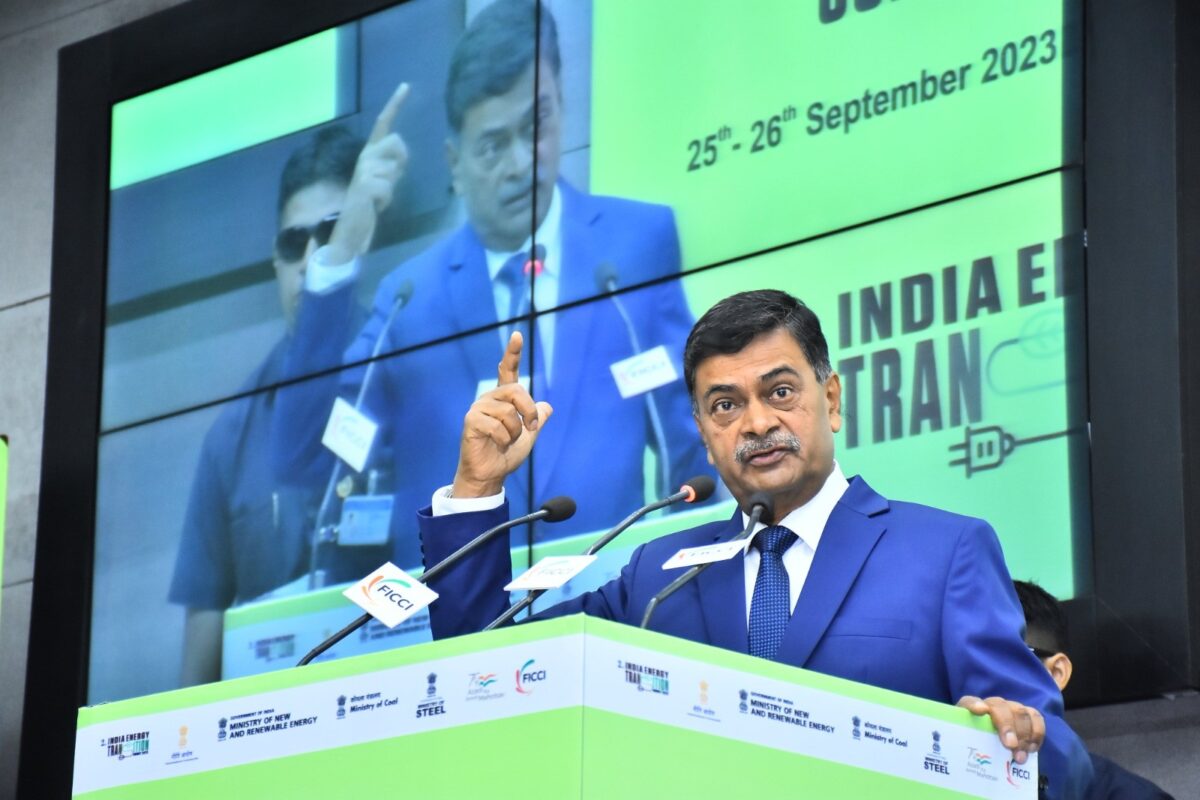
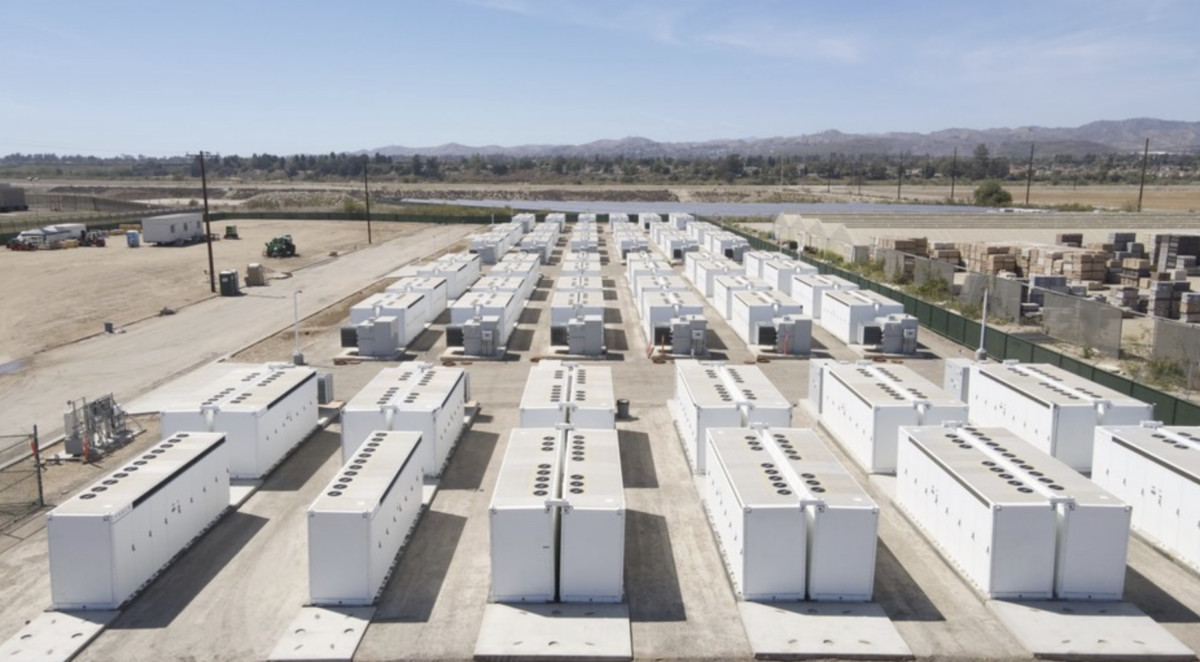


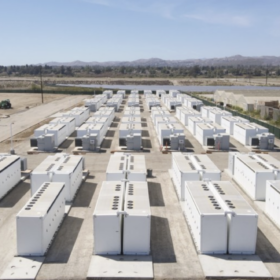
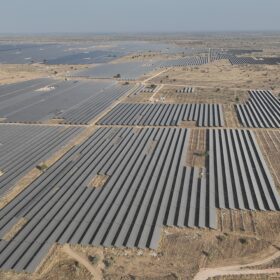


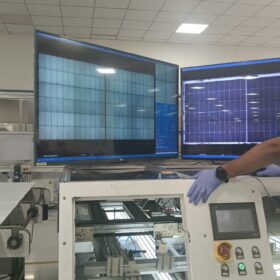
Why not go for small green hydrogen plants around gas grid all over India using solar / wind and biomass with small electrolysers and green hydro so produced be pumped in to fossil fuel gas grid and seek a reduction in carbon footprints. When large no of enter-pruners join this national cause to reduce green house gases the technology transfer to the average citizens shall create a fantastic awareness and the entire system shall start operating in a unique way which wud be phenomenal !
Thanx a lot , I am quite bullish in such a project as such a project has possibilities of changing the environment and save mankind from doomsday!